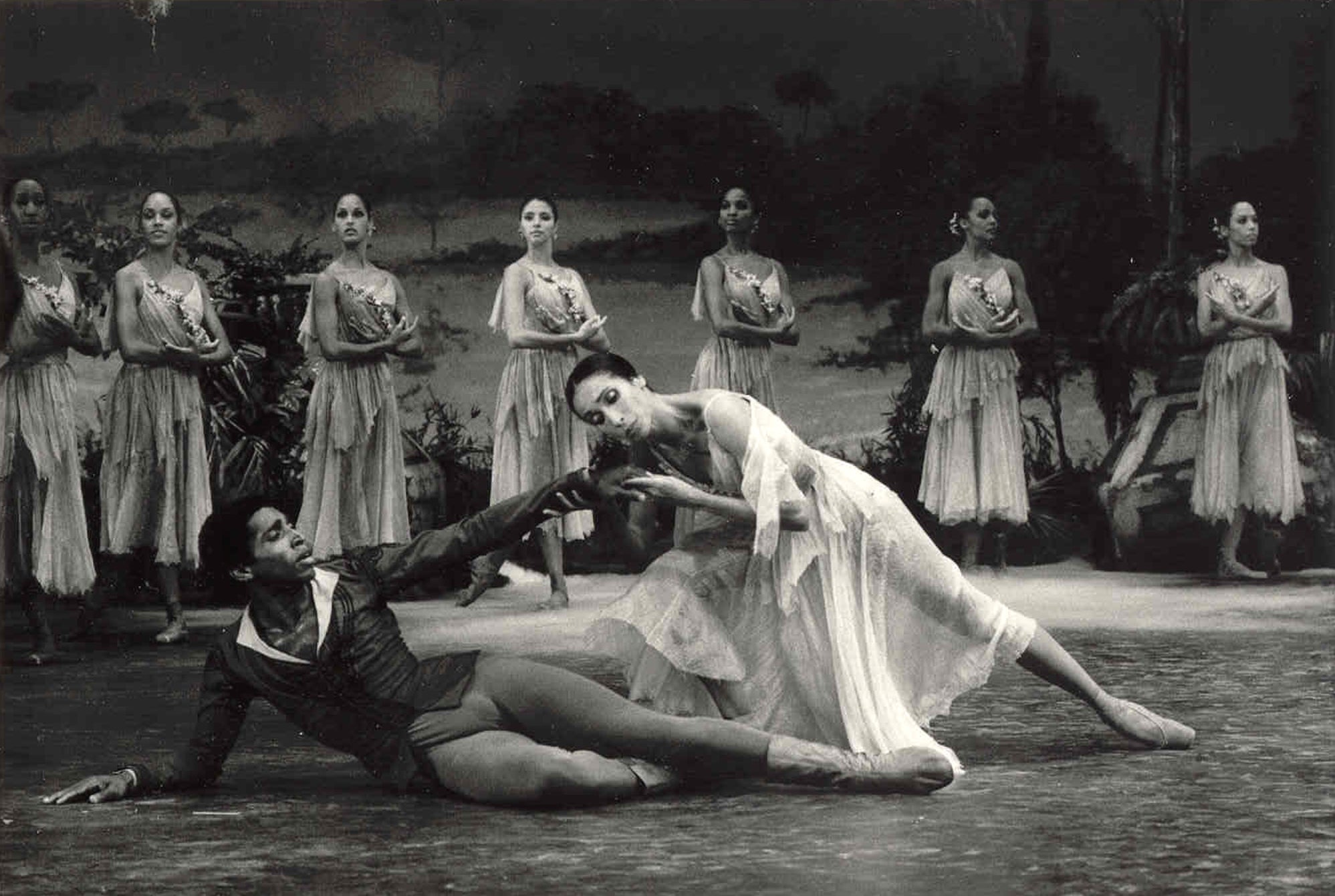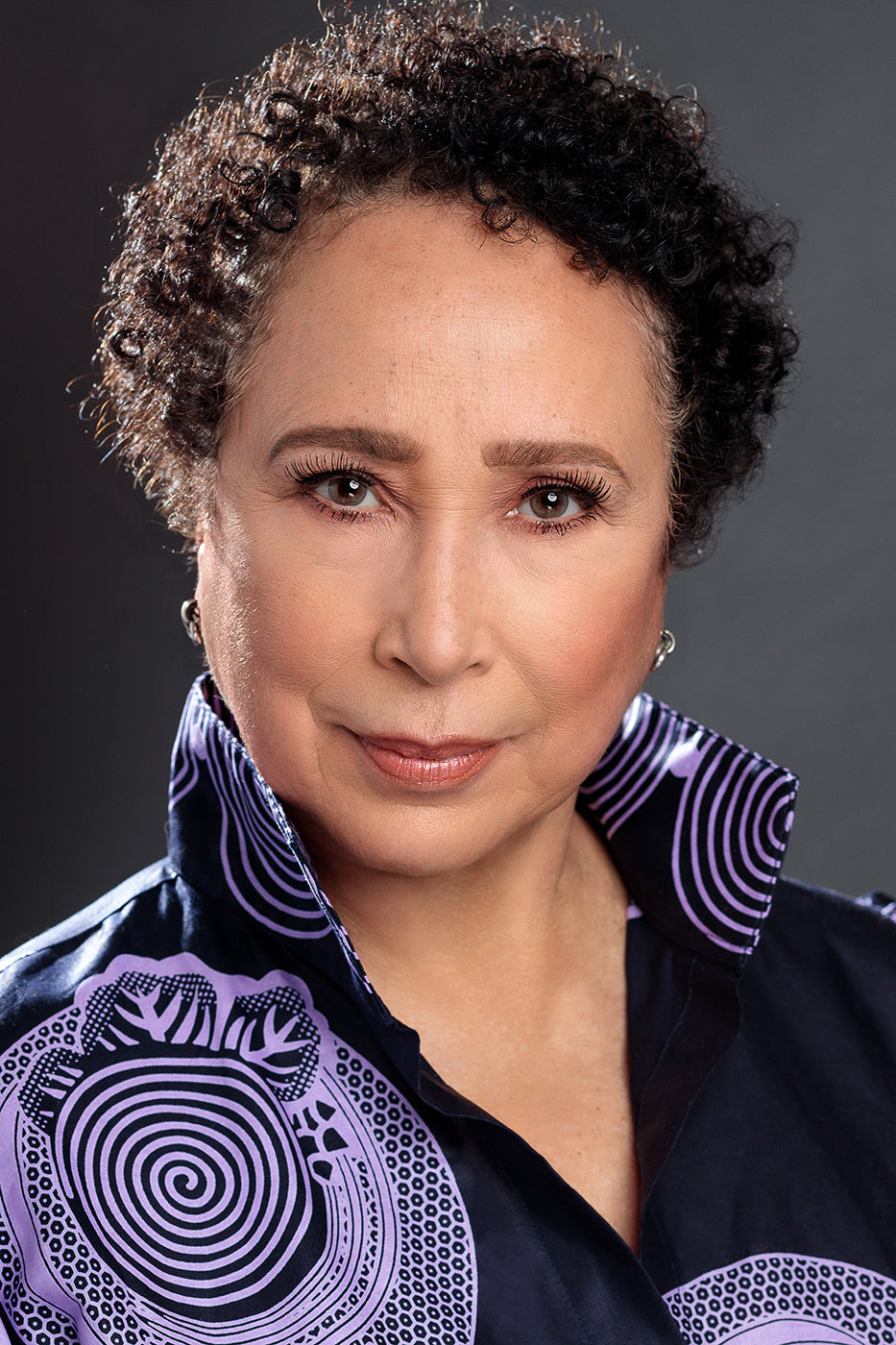Mishima’s Muse
Japan Society’s Yukio Mishima centennial series culminated with “Mishima’s Muse – Noh Theater,” which was actually three programs of traditional noh works that Japanese author Yukio Mishima adapted into modern plays.
Continue Reading
World-class review of ballet and dance.
For thirteen years, from 2011 until this summer of 2023, Virginia Johnson was Dance Theatre of Harlem’s artistic director. She began her tenure before there was even a company to direct. In 2004 the ensemble that she joined in 1969, the year Arthur Mitchell formed the company, had been forced to go on hiatus because of serious financial problems. The question of whether it would get back on its feet was a real and agonizing one. And then in 2010, Mitchell, her mentor, asked her to lead the effort to bring it back. It was not a project she had sought out, or that she craved. But it was impossible not to accept the challenge. The company, which Mitchell had created in response to Martin Luther King’s assassination, was too important not to save.



“Uncommonly intelligent, substantial coverage.”
Your weekly source for world-class dance reviews, interviews, articles, and more.
Already a paid subscriber? Login

Japan Society’s Yukio Mishima centennial series culminated with “Mishima’s Muse – Noh Theater,” which was actually three programs of traditional noh works that Japanese author Yukio Mishima adapted into modern plays.
Continue ReadingThroughout the year, our critics attend hundreds of dance performances, whether onsite, outdoors, or on the proscenium stage, around the world.
Continue ReadingOn December 11th, the Alvin Ailey American Dance Theater presented two premieres and two dances that had premiered just a week prior.
Continue ReadingThe “Contrastes” evening is one of the Paris Opéra Ballet’s increasingly frequent ventures into non-classical choreographic territory.
Continue Reading
comments